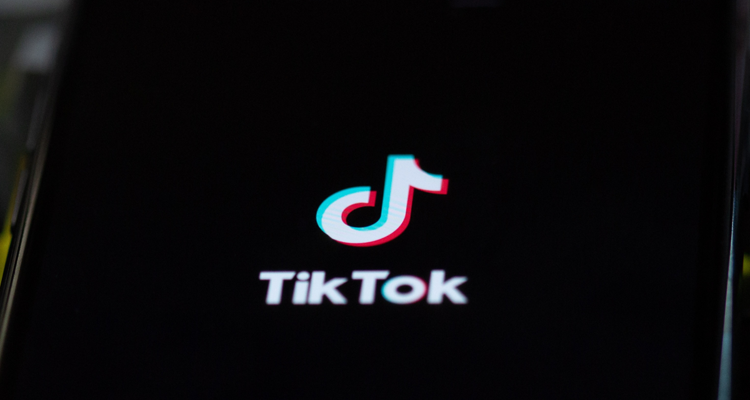
Photo Credit: Solen Feyissa
After turning the social media world on its head and flocking users toward short-form video, TikTok is now aggressively expanding into its competitors’ space with long-form video.
Social media mainstays like YouTube and Instagram have spent the last several years trying to contend with the rapidly growing TikTok competition by offering their takes on the short-form video format that put TikTok on the map. But now TikTok is making an aggressive push toward long-form video, encouraging its creators to make longer videos there rather than move to its competitors.
“YouTube went out of its way to become more like TikTok, and now TikTok is trying to become more like YouTube,” says Matt Koval, the founder of consulting agency Creator Dynamics, who previously worked at YouTube for nearly a decade.
In October, TikTok invited its biggest creators to its New York offices for an event designed around encouraging them to create more videos at a minute or more in length. Executives asserted that by making longer videos, creators will earn more money and “have more time to get their messages out.”
To drive the point home, TikTok told creators that users are spending half their time on the app watching content that’s longer than a minute — and creators who post videos longer than a minute have five times the growth rate in followers of those who post only short videos.
It makes sense from an advertising standpoint that TikTok would want to push longer form content, which allows more time for creators to earn revenue from ad share, and bring in a bigger piece of the pie for TikTok. YouTube follows this format, which enables it to continue as a dominant creator platform that pays its creators.
With primarily 30-second clips, TikTok can’t earn the same level of ad revenue that YouTube can — a perplexing issue for short-form platforms that helped lead to the TikTok-like Vine’s downfall in 2016.
But is that what TikTok’s users are naturally shifting toward, or is it merely a plan for TikTok to maintain a monetarily competitive foothold? As Gen Z and younger generations are spending more of their time on the app to cover more of their social media and entertainment needs, it’s a smart move for TikTok to cast a wider net.

